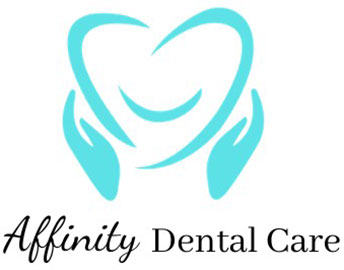Recently, I saw a patient who had a lip piercing for a check-up and cleaning. Upon examining his teeth, I noticed that there was excessive gum recession on his lower front incisors right adjacent to the piercing stud.
That prompted me to research lip and tongue piercing that may impact oral health, and I learned that there are many different kinds. Some are in the lip, some are in the skin around the mouth, some are in the oral frenum, some are in the tongue, and some are in the uvula. If you consider getting a lip ring or stud, you may have to understand the different options available to you and the potential harm to your oral health before getting them done.
Types of lip piercings
Most types of lip piercings don’t actually pierce the lips themselves. They are usually placed horizontally through the skin immediately above the upper lip or below the lower lip. The other types of lip piercings you can choose from including upper lip piercings, lower lip piercings, and “bites”.
You can get a single piercing or multiple piercings, symmetrically or asymmetrically placed. Depends on the location, number and orientation, there are many different names for each combination.
- Horizontal Lower Lip Piercing
- Labret Piercing
- Medusa Piercing
- Monroe Piercing
- Angel Bites
- Canine Bites/Shark Bites
- Cyber Bites
- Dolphin Bites
- Joker Bites/Dahlia Bites
- Snake Bites
Viper Bites/Spider Bites
Tongue piercings come in two main types: midline tongue piercing and side tongue piercing. The midline tongue piercing is by far the most popular. Similar to lip piercings, you can have single or multiple piercings.
Types of Tongue Piercings
- Frowny Piercing
- Smiley Piercing
- Middle Tongue Piercing
- Snake Eyes Piercing
- Tongue Frenulum Piercing
- Venom Piercing
The healing period usually takes several weeks to complete. In the first few days, the wounds are usually very sore and painful when touched. It is the time that the wounds can get infected with bacteria. Stringent oral hygiene and minimal irritation are critical to reducing bacterial infection in and at the wounds. Using antiseptic mouth rinse and a new toothbrush are highly recommended during the healing phase.
During the week after the first few days, swelling and inflammation will happen at the wounds. Mild bleeding and oozing occur often. The risk of infection is extremely high during this week. Extra care should be practiced to minimize the chance of complications. An early healing phase starts after the initial bleeding and oozing stage. By this stage in the healing process, the wound should have become less painful and will begin to feel relatively normal. However, a person may still need time to adapt to the piercing.
Scarring and complete healing happen after a month or longer, sometimes up to 3 months. Since lip and tongue piercings are in close contact with the teeth and gums, related dental and oral issues likely occur.
- Infection: Bacterial infection happens after the piercing if the procedure is not done with clean and septic equipment/supplies. Infection can also occur if the wound is not appropriately managed before the healing is completed.
- Deformity: The infection can form scar tissues and deformation of the surrounding tissues when the infection at the piercing is severe, or trauma that displaces the jewelry that cuts or rips the surrounding supporting tissues.
- Nerve damage: If not correctly placed, a tongue piercing can cause temporary or permanent nerve damage, including symptoms like numbness, difficulty with speech and chewing, and can even impact the sense of taste.
- Gum erosion and recession: This is caused by the jewelry rubbing against the gums during speaking and food chewing.
- Bone loss: The alveolar bone supporting the teeth got destroyed by the chronic inflammation secondary to constant rubbing and gum infection.
- Sensitive teeth: The teeth can be very sensitive to temperature change and touching with the root exposed.
- Chipped or cracked teeth: Accidental biting on the jewelry or rattled by the jewelry can cause weakening or even chip of the teeth.
- Tooth loss: This is the outcome of chronic gum disease, severe bone loss and decay caused by the jewelry.

Before you consider having a piercing done to your lip or tongue, you should consider the potential ramification to your oral wellness. Suppose you have piercings done to your lips or tongue. In that case, a periodic visit to your dentist or hygienist is essential to check on the healthiness of the oral tissues that can be affected by the jewelry of the piercings.



